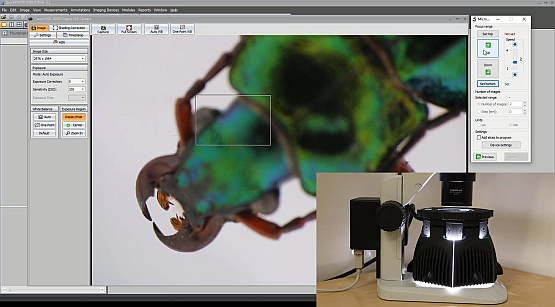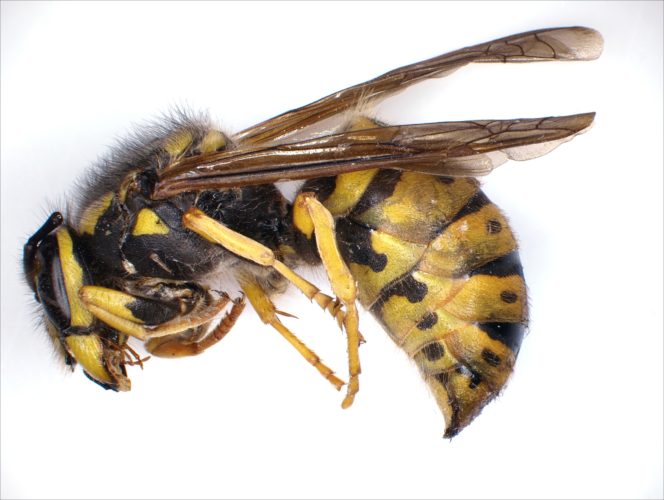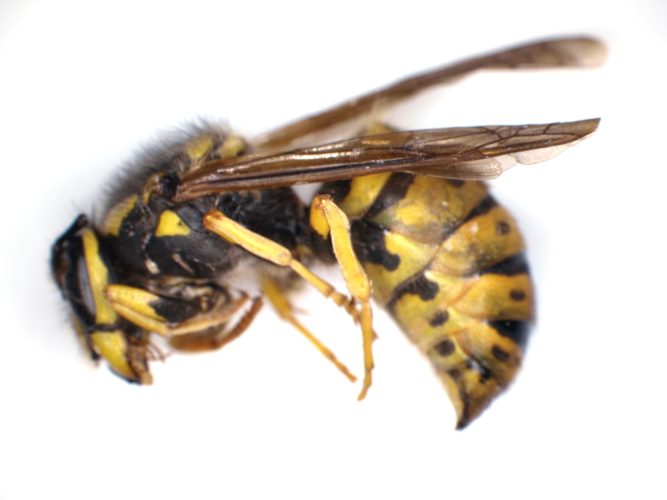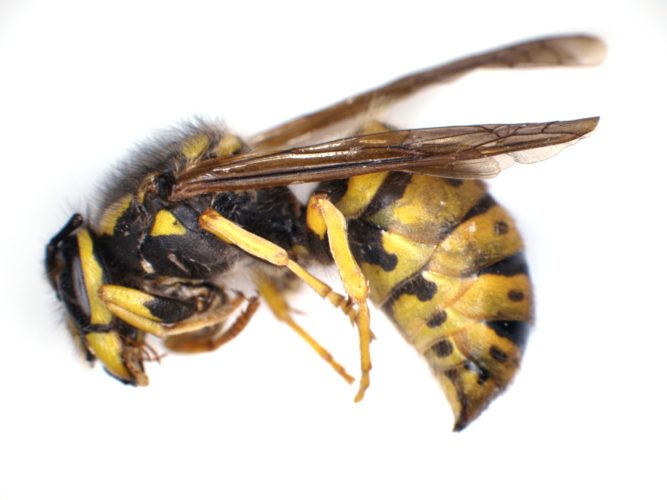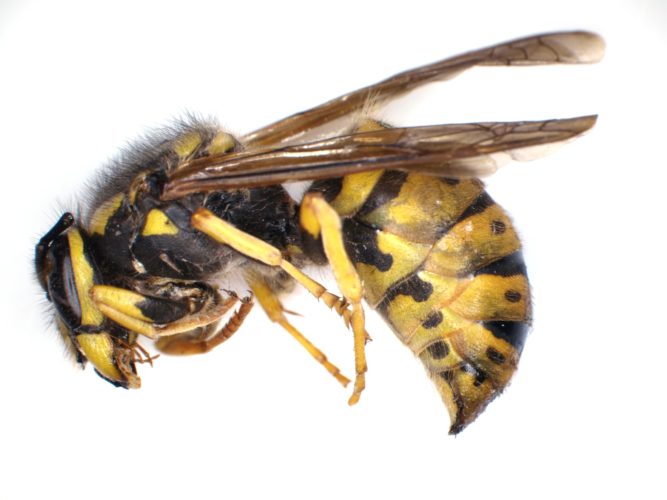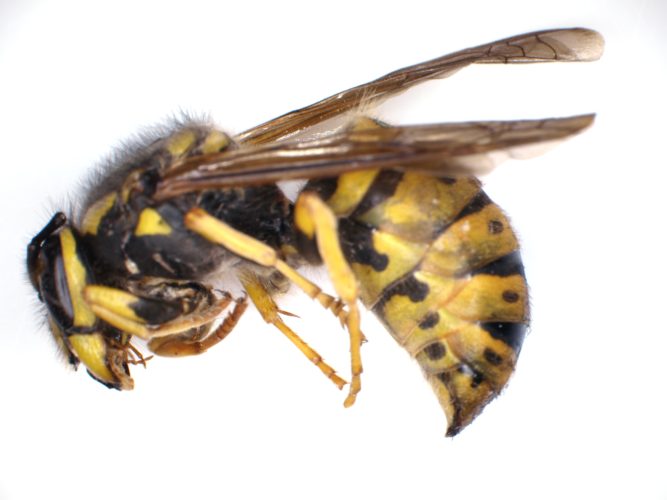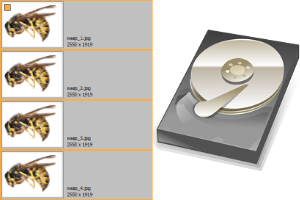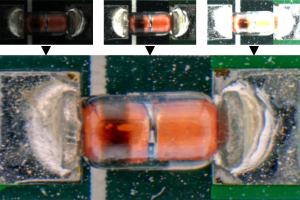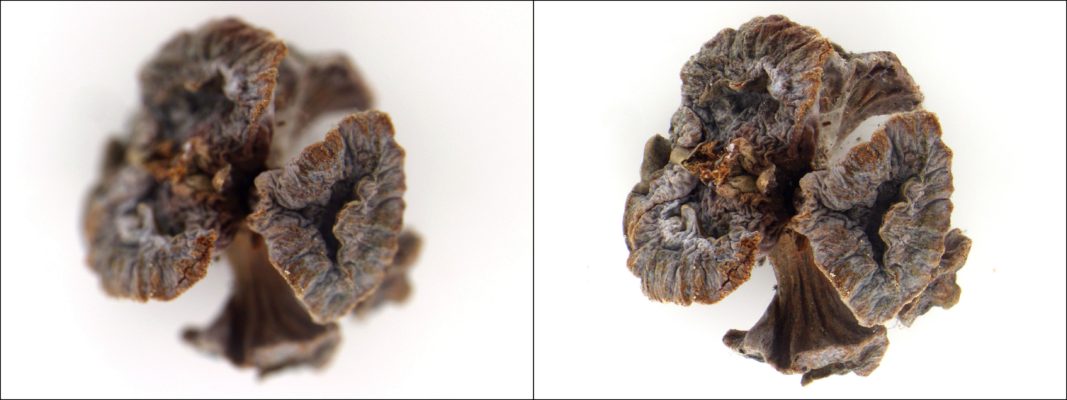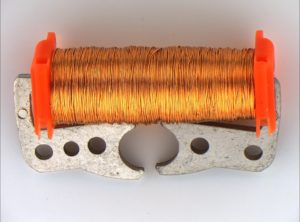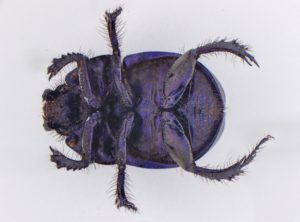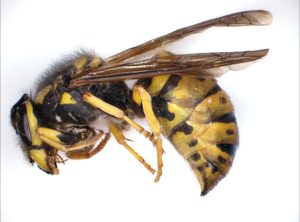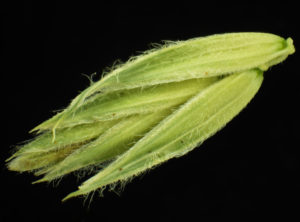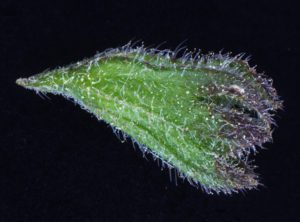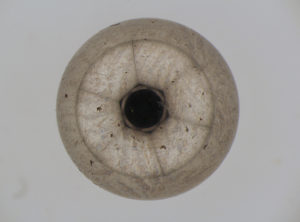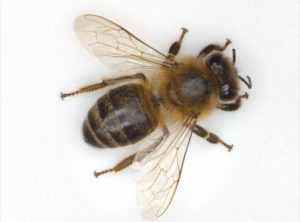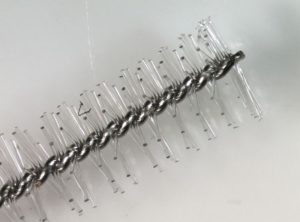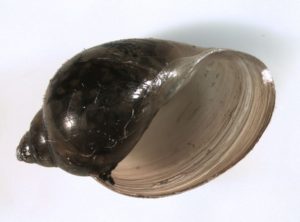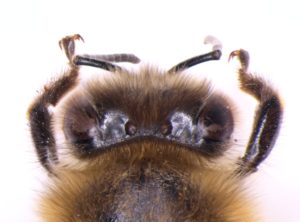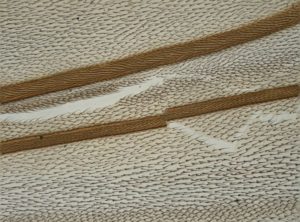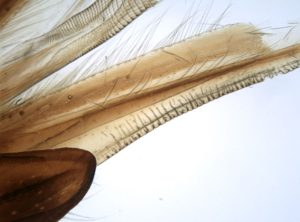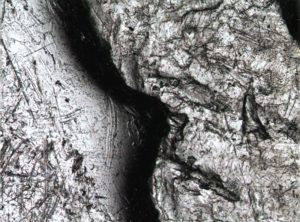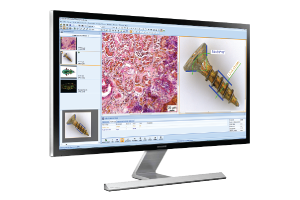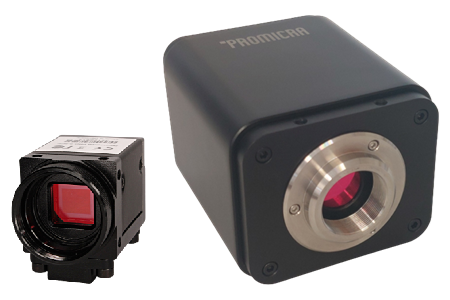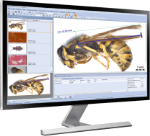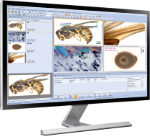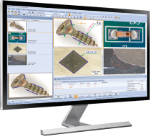Deep Focus - Focus Stacking Module for QuickPHOTOCreate completely in-focus images automatically
Deep Focus is an extension software module for QuickPHOTO programs. It is designed for creating completely in-focus images, which due to a limited depth of field of optical microscopes cannot be acquired in a standard way. Completely in-focus images are composed from stacks of images with varying focal plane (partially focused images). Only the well-focused areas are used from each image and the resulting image is composed from them. This technique is called Extended Depth of Field imaging (EDF), z-stacking or focus stacking. The process can be automated using motorized stands or additional focus drives provided by PROMICRA and other manufacturers.
Latest Deep Focus 3.5 release is 10x – 20x faster than the previous version. Updating to the version 3.5 is free of charge for users of previous versions (see Downloads section).
How It Works
➊ Acquiring images in different focus planes
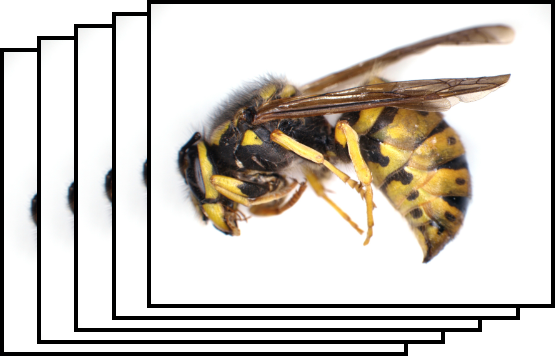
➋ Merging to a completely in-focus image
Features
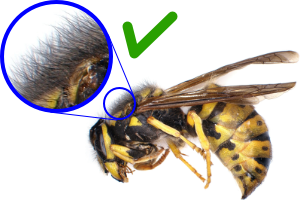
Excellent Quality
Excellent quality images without artifacts suitable for publication

Fast Processing
Deep Focus takes full advantage of the advanced features of modern processors: use of all cores and SIMD instructions.
Manual Use
Options to compose manually acquired images opened in the QuickPHOTO program as well as images stored on a hard drive
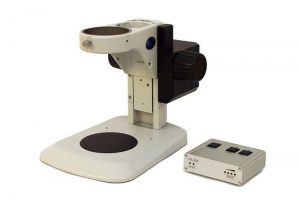
Automation
The focus stacking process can be automated using PC-controlled motorized stands or additional focus drives.Learn more »
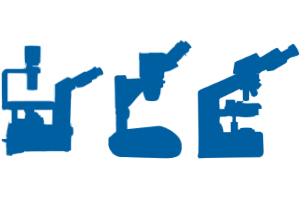
Suitable for All Microscope Types
Deep Focus can be used with stereomicroscopes, optical microscopes for observation in transmitted or reflected light, electron microscopes as well as for macro imaging.

Shift Compensation
Specimen shift in the field of view and minor scale changes are compensated automatically during the composition process.
Automation
The whole process of image stack acquisition and composition of a completely in-focus image (focus stacking) can be automated using PC-controlled motorized stands or additional focus drives. The automation makes routine work with Deep Focus module much more comfortable.
The automated procedure is very straightforward:
- Focus the microscope to the bottom (lowest) part of the specimen using the camera’s live view and set the lower limit of the focus range.
- Focus the microscope to the top (highest) part of the specimen using the camera’s live view and set the upper limit of the focus range.
- Select the number of images to be acquired or a step between them.
- Click the Start button to begin the whole process of focus stacking.
- Wait a while until the completely in-focus image appears.
Standard vs. Deep Focus Images Comparison
Deep Focus Sample Images
Stereomicroscope
Upright Microscope – Transmitted light
Upright Microscope – Reflected light
System Requirements
| Minimum Requirements | Recommended Specifications | |
| Processor | Dual-core | Intel® Core™ i5 / AMD Ryzen™ 5 or better |
| Operating Memory | 2 GB | 16 GB or more |
| Display Resolution | 1024 x 768 | 3840 x 2160 (4K) |
| Operating System | Windows® 11/10/8.1/7 | Windows® 11 |
| QuickPHOTO version | 2.3 | 4 |
| Minimum Requirements | |
| Processor | Dual-core |
| Operating Memory | 2 GB |
| Display Resolution | 1024 x 768 |
| Operating System | Windows® 11/10/8.1/7 |
| QuickPHOTO version | 2.3 |
| Recommended Specifications | |
| Processor | Intel® Core™ i5 / AMD Ryzen™ 5 or better |
| Operating Memory | 16 GB or more |
| Display Resolution | 3840 x 2160 (4K) |
| Operating System | Windows® 11 |
| QuickPHOTO version | 4 |
Related Products
Microsoft®, Windows®, Windows Vista® are registered trademarks of Microsoft Corp.
Intel®, Intel Core® are registered trademarks of Intel Corporation
